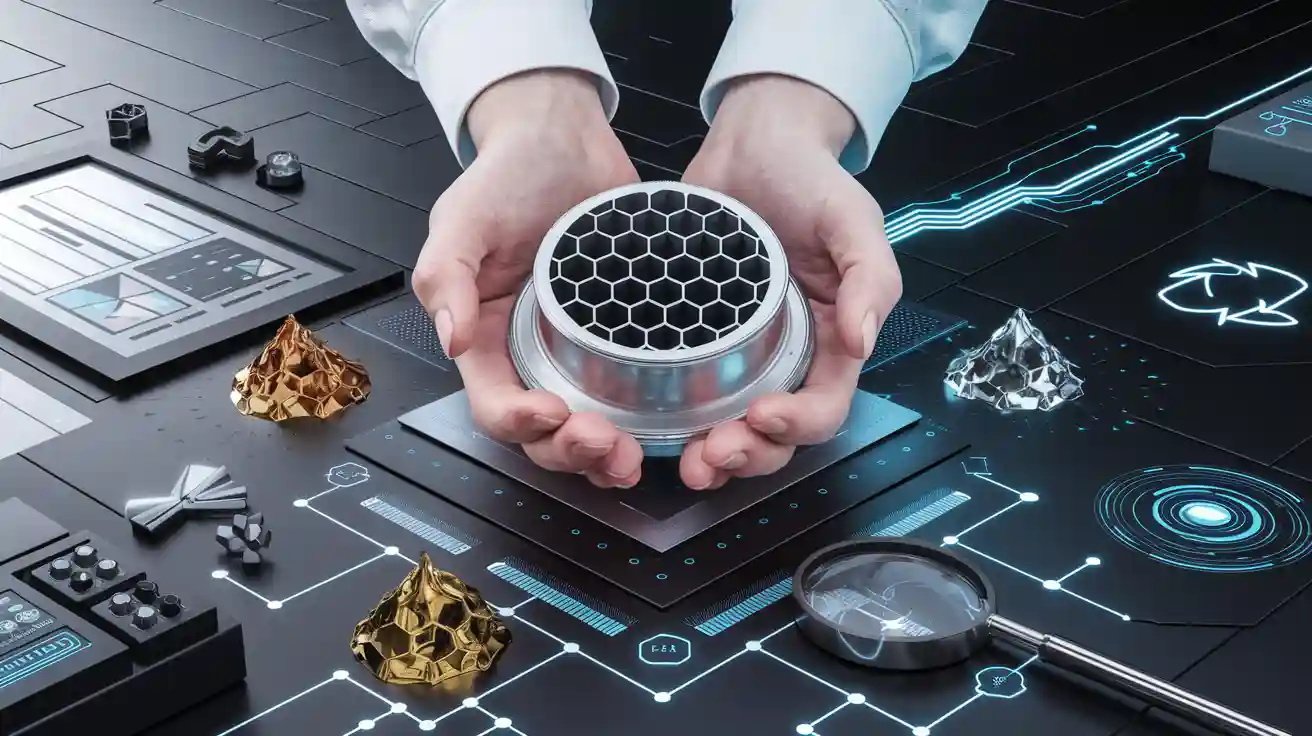
Recycling catalytic converters gives big money and helps the environment.
This process makes billions of dollars from platinum, البلاديوم, وروديوم.
It gives people jobs and helps local businesses by giving them recycled metals to use.
Companies save money and make less pollution when they use recycled metals.
Metal Recovery Parameter | قيمة | ملحوظة |
|---|---|---|
PGM precipitation yield | Gets better when pH is changed | |
Pt nanoparticle yield | 99% | Happens with titanium dioxide support |
Accurate XRF analysis helps recyclers get more money and waste less.
الوجبات الرئيسية
Recycling catalytic converters gets back important metals like platinum, البلاديوم, وروديوم. This gives big money and helps the environment.
Good testing, like with محلل XRFق, lets recyclers find out how much precious metal is inside. They can do this fast and safely. The samples do not get ruined.
Getting samples ready the right way and checking tools often makes tests more correct. This helps people get fair prices for recycled stuff.
There are many kinds of catalytic converters. They must be sorted and tested with care. This stops mistakes and helps get the most metal back.
Using new testing tools and following good steps helps recycling companies make more money. It also cuts down on waste and helps keep the planet clean.
Catalytic Converter Value
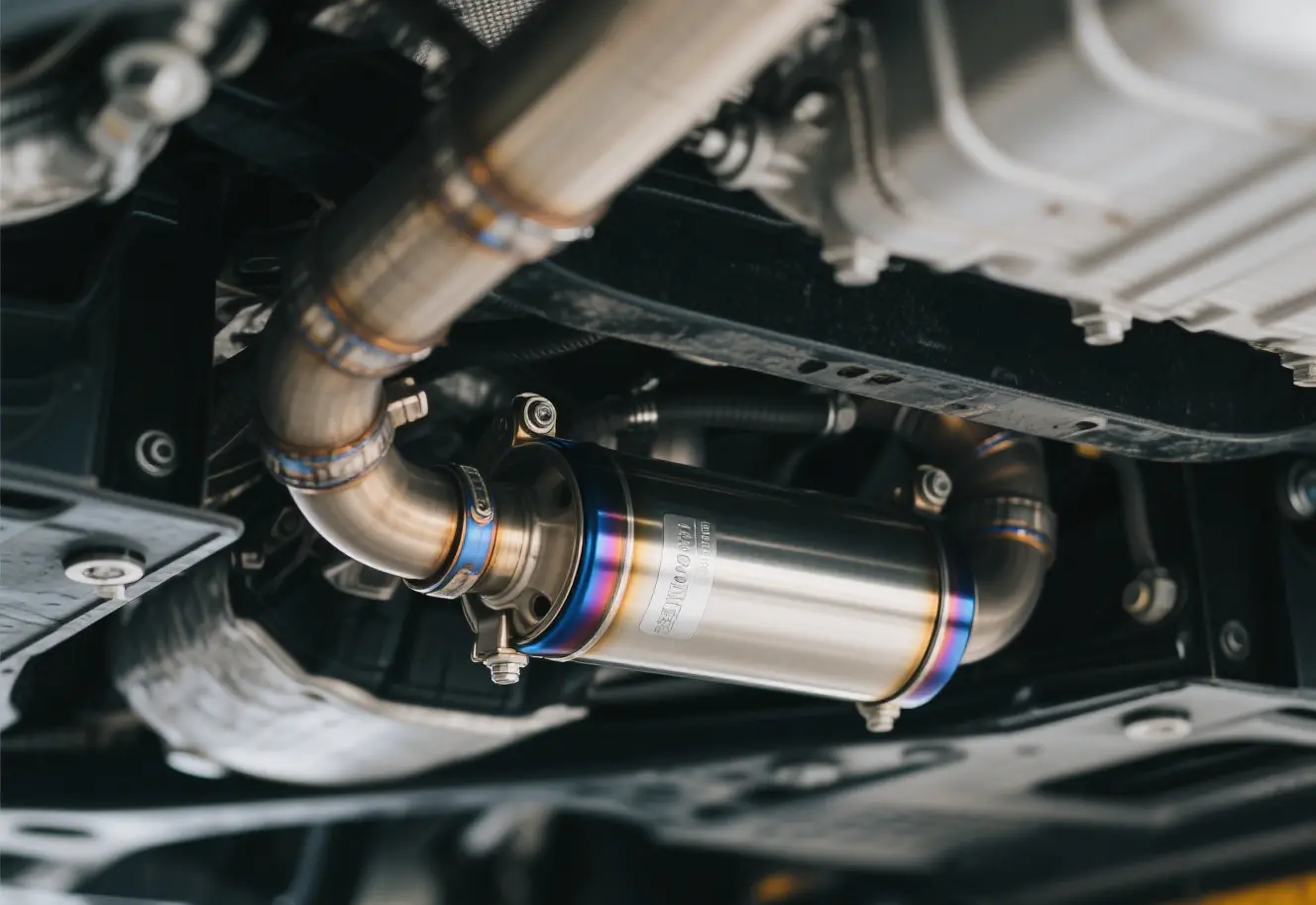
Precious Metals Inside
Catalytic converters have valuable metals inside. These metals are platinum, البلاديوم, وروديوم. They are called platinum group metals (PGMs). PGMs help make car exhaust cleaner. They do this by speeding up chemical reactions. Most converters have 0.2% ل 1% PGMs by weight. The ceramic core is usually less than 1 kilogram. A typical converter has about 5 grams of platinum. This does not sound like much. But recycling thousands of converters adds up fast.
نصيحة: Even small changes in metal content can change value a lot. Good testing helps recyclers get all their profits.
Economic and Environmental Impact
Recycling catalytic converters helps the economy and the environment. The market for recycling converters is getting bigger. في 2024, it was worth $9 billion worldwide. Experts think it will reach $16.02 مليار من قبل 2033. The market is growing at 6.8% each year. More cars are being scrapped. There are stricter environmental rules. People want more precious metals. These things help the market grow.
وجه | تفاصيل |
|---|---|
حجم السوق (2024) | دولار أمريكي 9 مليار |
حجم السوق المتوقع (2033) | دولار أمريكي 16.02 مليار |
CAGR (2024-2033) | 6.8% |
Key Economic Drivers | Growth of automotive industry, vehicle scrappage, environmental regulations |
Valuable Metals Recovered | البلاتين, البلاديوم, روديوم |
Regional Market Highlights | أمريكا الشمالية & أوروبا: large shares; آسيا والمحيط الهادئ: fastest growth |
Market Challenges | Supply chain disruptions, rising raw material costs |
Economic Impact Summary | Sector grows due to sustainability and resource recovery |
Recycling means less new mining is needed. This saves energy and lowers pollution. Getting PGMs from waste helps the circular economy. كما أنه يساعد على حماية الكوكب.
Recovery Challenges
Metal Content Variability
Catalytic converters have different amounts of precious metals. The levels of platinum, البلاديوم, and rhodium change a lot. These changes depend on the car’s type, age, and where it is from. Since the 1990s, companies started using more palladium instead of platinum. They did this to save money. Rhodium stays low and does not change much. But the amount of platinum compared to palladium or rhodium can be very different. It can be five to twelve times more, depending on the maker and place.
Newer converters use more palladium and less platinum.
Petrol cars usually have two to three grams of palladium and rhodium together.
Diesel cars may have seven to eight grams of all three metals.
The way metals are spread out changes as converters get older.
Emission rules also make the metal amounts change over time.
More metals come out during cold starts.
City and highway driving also change how much metal is released.
There are many types of converters. These include OEM ceramic, OEM metallic, diesel particulate filters (DPFs), aftermarket, and bead converters. Each type needs its own test. Mixing them gives wrong results and lowers the value of precious metals. DPFs made after 2006 have lots of silicone carbide. This makes them harder and less safe to process. Smelters often charge more or refuse DPFs. لذا, sorting and testing each type is very important.
ملحوظة: Every year, billions of dollars in precious metals are not recovered. Smelters are almost always full. Only about thirty percent of palladium is taken from old converters.
Testing Accuracy
Good testing is needed to get fair prices and recover metals well. New tools like مضان الأشعة السينية (XRF) and inductively coupled plasma optical emission spectrometry (ICP-OES) help a lot. They can measure platinum group metals in very small amounts. ICP-OES is very sensitive but costs more and needs experts. XRF analyzers are cheaper and give quick, trusted results if set up right.
Today’s testing tools use things like artificial neural networks and response surface methodology. These methods are very accurate. They can get a coefficient of determination above 0.9977. Their mean square error is less than three percent. This means recyclers can trust the numbers and get the most money. Good testing also helps meet tough rules for the environment and industry. This supports both making money and protecting the planet.
XRF Analysis in Recycling
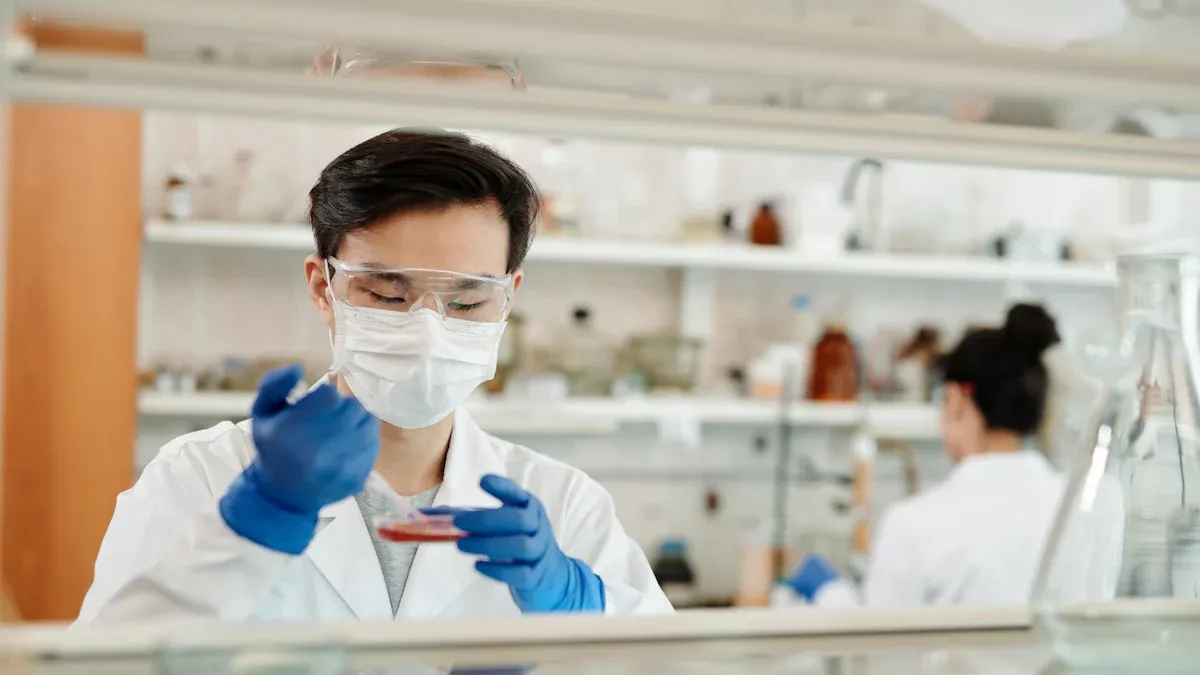
كيف يعمل XRF
XRF analysis is a way to find and measure precious metals in catalytic converters without harming them. It uses an X-ray beam to hit the sample. This makes atoms in the sample get excited. عندما يحدث هذا, electrons from the inside of the atom get knocked out. Electrons from the outside move in to fill the empty spots. This action gives off special X-rays for each element. A detector catches these X-rays and checks their energy and strength. The analyzer’s software matches the signals to the right elements. This lets people measure platinum, البلاديوم, and rhodium very well.
وجه | Explanation |
|---|---|
XRF Working Principle | X-ray source excites atoms, causing emission of unique secondary X-rays. |
Non-destructive Nature | Sample stays intact; analysis does not alter or consume material. |
مكونات الصك | Includes X-ray source, كاشف, and processor for real-time analysis. |
تحضير العينة | الحد الأدنى; often requires grinding for uniformity, but no sample destruction. |
تطبيق | سريع, accurate quantification of PGMs in catalytic converters. |
مزايا | صوم, محمول, دقيق, and suitable for both field and lab use. |
XRF analysis keeps the sample safe, so it is great for recycling. New studies show that handheld XRF analyzers give results that can be trusted for platinum group metals. These tools help recyclers sort catalysts fast, get the most metal out, and stop cheating by finding fake materials. Tests show XRF results match well with old lab tests. This makes XRF a quick and trusted tool for recycling.
جهد يليه مقابل. Benchtop Devices
Handheld and benchtop xrf محللق are both important for recycling catalytic converters. Handheld devices are fast and easy to use. People can take them to scrap yards or recycling centers. They give quick answers and help sort and check value. But handheld analyzers usually only check the surface. They may not show what is inside mixed samples.
Benchtop XRF analyzers, مثل محلل المعادن الثمينة VR-T7, are more exact and dependable. The VR-T7 has a special design, a strong detector, and a focused X-ray tube. These parts help it check small spots and coated samples. It also has a platform to move samples and smart software for good results. The VR-T7 can test many shapes and sizes, so it works for normal and special tests in labs and recycling centers.
Benchtop analyzers need the sample to be ground up and mixed well. Trained workers follow rules to get the best and most repeatable results. These machines are best when exact numbers are needed for price and rules.
Recent research shows XRF is faster and does not harm samples, unlike older methods like ICP-OES and الامتصاص الذري. Older ways may be a bit more sensitive, لكنهم يأخذون وقتًا أطول ويحتاجون إلى المزيد من الخطوات. XRF, if set up right, gives quick and correct results in the field and in labs.
نصيحة: للحصول على أفضل النتائج, recyclers should use benchtop XRF analyzers for final checks and quality control. Handheld devices are still good for fast sorting and first checks.
Platinum and Rhodium Testing
Measurement Importance
Platinum and rhodium are very important in catalytic converters. Platinum helps change harmful gases into safer ones. Rhodium helps control nitrogen oxides in car exhaust. The amount of these metals decides how well the converter works. It also affects how much money it is worth when recycled.
Testing the amount of platinum and rhodium is very important. Even small changes can change how well the converter works and its value. Tools like XRF, ICP-OES, and ICP-MS can measure these metals very well. They can find even tiny amounts. These tests help recyclers and makers save money. They also help follow environmental rules and get valuable metals from old converters.
Measurement results show that modern testing is very accurate:
عنصر | حد الكشف (MDL, %) | دقة (%) | الانحراف المعياري النسبي (RSD, %) |
|---|---|---|---|
حزب العمال | 0.003 | 94 – 98 | 3 |
RH | 0.002 | 62 – 100 | 2 – 3 |
These numbers come from trusted reference materials. They show that testing can be trusted and has low mistakes. Some special methods, like radiotracer analysis, are even more exact. They can be better than ±0.5%. This is important because platinum and rhodium cost a lot. Small mistakes can mean losing a lot of money.
Common Pitfalls
Testing platinum and rhodium is not always easy. There are some common problems that can make results wrong:
Other elements, like lead isotopes, can mix with rhodium signals and cause mistakes.
Math corrections are needed to fix these problems.
If samples are not prepared right, they can get dirty.
Sediment must be removed by spinning the sample fast, or it can block the tools.
High amounts of copper, الزنك, or cadmium can change the test results.
Samples need to be diluted and handled carefully to keep results right and stop blockages.
Some tools cannot find very small amounts of these metals, especially in hard samples.
نصيحة: Preparing samples carefully and picking the right test method helps avoid these problems and gives good results.
أفضل الممارسات
تحضير العينة
Getting the sample ready is very important for good catalytic converter analysis. The sample should show what the whole batch is like. It must also be in the right form for the test. The size of the particles matters a lot. Small and even particles make the sample more alike everywhere. This helps get better test results. People usually grind and mix the material to make it even.
Different tests need different ways to get samples ready. For XRF analysis, the sample should be ground up and mixed well. This helps the X-rays hit the material the same way. ICP-OES needs even more care. Both the machine and the sample must be set up just right. This test can be very exact, but it takes more time and work.
New benchtop XRF machines are easier to use and cost less now. But they still need experts to set them up and take samples carefully. This is needed for good results. When people follow the best ways to get samples ready, they make fewer mistakes. This helps them get the right amount of precious metals back.
نصيحة: Doing the same steps every time keeps samples clean and makes sure each test shows the real value of the material.
Key steps that help lower mistakes in testing are:
Grinding samples so all pieces are the same size.
Mixing well so the sample is the same everywhere.
Using machines to cut down on human mistakes.
Watching important numbers to keep getting better.
Collecting data carefully for good analysis.
معايرة
Calibration makes sure XRF analyzers give results you can trust. Many labs use special standards for calibration. These can cost a lot and are hard to get, especially for new or rare materials.
The Auto Cats starter library uses samples tested by fire assay. It matches the expected and real results. This makes it work for many types of catalytic materials. أحيانا, labs add special elements inside the sample. This helps the test find small amounts and be more exact. It is good for tricky materials because it fixes problems with the sample and helps if some is lost.
Checking calibration often and comparing to industry standards keeps data good and helps follow the rules.
Equipment and Results
Choosing Analyzers
Picking the right محلل for catalytic converter testing takes careful thought. Experts want tools that give correct and steady results. They look at some main things before choosing:
Observability and Identifiability: Experts see if the analyzer can spot and tell apart key system parts, like oxygen storage capacity and level. These things show if the converter works well.
Statistical Metrics: Fisher information quantity is a big math measure. It checks how well the analyzer can guess values from its data.
Accuracy Boundaries: The Cramér–Rao theorem connects Fisher information to the smallest possible error. This tells how close the analyzer’s guesses should be.
Sensor Technology: Wideband and switch-type lambda sensors are checked to see which gives better info for knowing converter age. Wideband sensors usually work better in real life.
Uniform Observability: The analyzer should work the same in all driving conditions. This means it gives steady results no matter how the car is used.
Advanced Filtering: Some systems use two extended Kalman filters with wideband sensors. These setups check oxygen levels and storage at once, making results better.
Measurement Accuracy and System Excitation: The analyzer must give exact numbers and handle different input levels and speeds. This helps with strong checks and control.
نصيحة: Picking an analyzer with good math support and trusted sensor tech gives better results and more trust in tests.
Interpreting Data
Reading catalytic converter test data needs clear steps. Technicians follow these steps to get good results:
They look at catalyst monitor work and technical notes. This helps them know test settings and any known problems.
They check for trouble codes and fix any issues first.
They look for leaks in the exhaust system. Leaks can let in air and change sensor readings.
They check oxygen sensors with a scan tool or oscilloscope. These sensors give important data for the test.
They make sure the engine runs right. They check fuel trim data so engine problems do not give wrong results.
They study Mode $06 data if needed. This step helps more, especially for cars with more than one converter.
Technicians use different tests, like the delta temperature test, oxygen storage test, and propane conversion test. Each test has good and bad points. For OBD II cars, the car’s computer (PCM) makes the final call about converter health. Good sensor data and the right steps help the PCM make a fair choice.
ملحوظة: Doing these steps helps technicians avoid errors and get correct, repeatable results every time.
Maximizing Returns
Integrating XRF Analysis
Recycling companies can make more money with XRF analysis. Experts suggest some ways to get the most from this tool. أولاً, companies use XRF analyzers that connect to the internet and cloud. These send data to business systems for easy tracking and reports. Workers must prepare samples carefully. They sort, grind, and mix materials so tests are correct. Teams pick XRF analyzers with the best detectors for their jobs. Silicon drift detectors help find light elements fast and well. Operators change analyzer settings for local catalytic converters. This makes tests more accurate. Many recyclers choose tough analyzers for dusty or wet places. These keep working in hard conditions. Some companies use work stations for hands-free testing. This helps with final checks before sending materials to be refined. New software lets people control analyzers from far away and share data right away. This makes decisions faster and more trustworthy. These steps help companies get the most from XRF analysis. They also make recycling safer and better.
Economic Benefits
XRF analysis gives clear money benefits to recycling companies. Companies using this tool can test more samples in less time. They get quick and correct results for platinum, البلاديوم, وروديوم. This speed helps them sort materials better and get more valuable metals. One study showed a handheld analyzer made profits go up by making tests faster and more trusted. The analyzer also proved it was right in a European test. Companies saved money because they needed fewer lab tests and could trust the results. XRF analysis also stops mistakes that could lower the value of recycled materials. By using this tool, recyclers make more money and stay strong in the market.
XRF analysis lets recyclers get quick and correct results. It does not hurt the samples. Companies using advanced analyzers like the VR-T7 work faster and make more money. These tools help experts get more precious metals back. Picking good equipment helps businesses grow and helps the environment. Every time recycling gets better, it helps keep the Earth safe for the future.
التعليمات
What metals do recyclers recover from catalytic converters?
Recyclers get platinum, البلاديوم, and rhodium from catalytic converters. These metals are part of the platinum group metals (PGMs). They are worth a lot of money and help lower car pollution.
How does XRF analysis help in recycling?
XRF analysis is fast and does not damage samples. It finds and measures precious metals in catalytic converters. This helps recyclers sort parts quickly and get more metal back.
Why choose a benchtop analyzer like the VR-T7?
ال VR-T7 gives very exact results and has smart features. It checks small spots and coated samples easily. Its software and strong detector help test both big and small samples well.
What steps improve testing accuracy?
Grinding and mixing samples well makes tests better.
Calibrating often with trusted standards helps too.
Technicians must follow careful steps for every test.
Can XRF analyzers test all types of catalytic converters?
نعم, XRF analyzers can check many types, like ceramic and metallic converters. Getting samples ready and calibrating right makes sure results are good for all converter types.
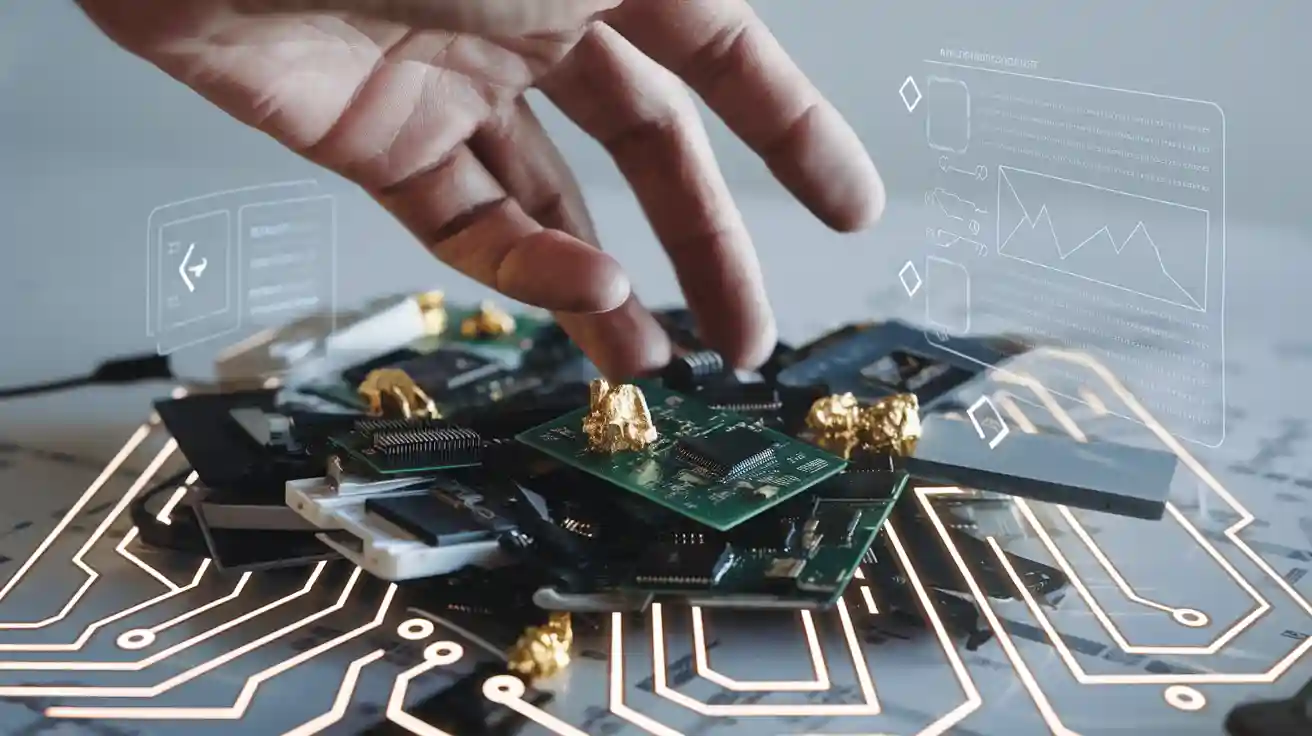
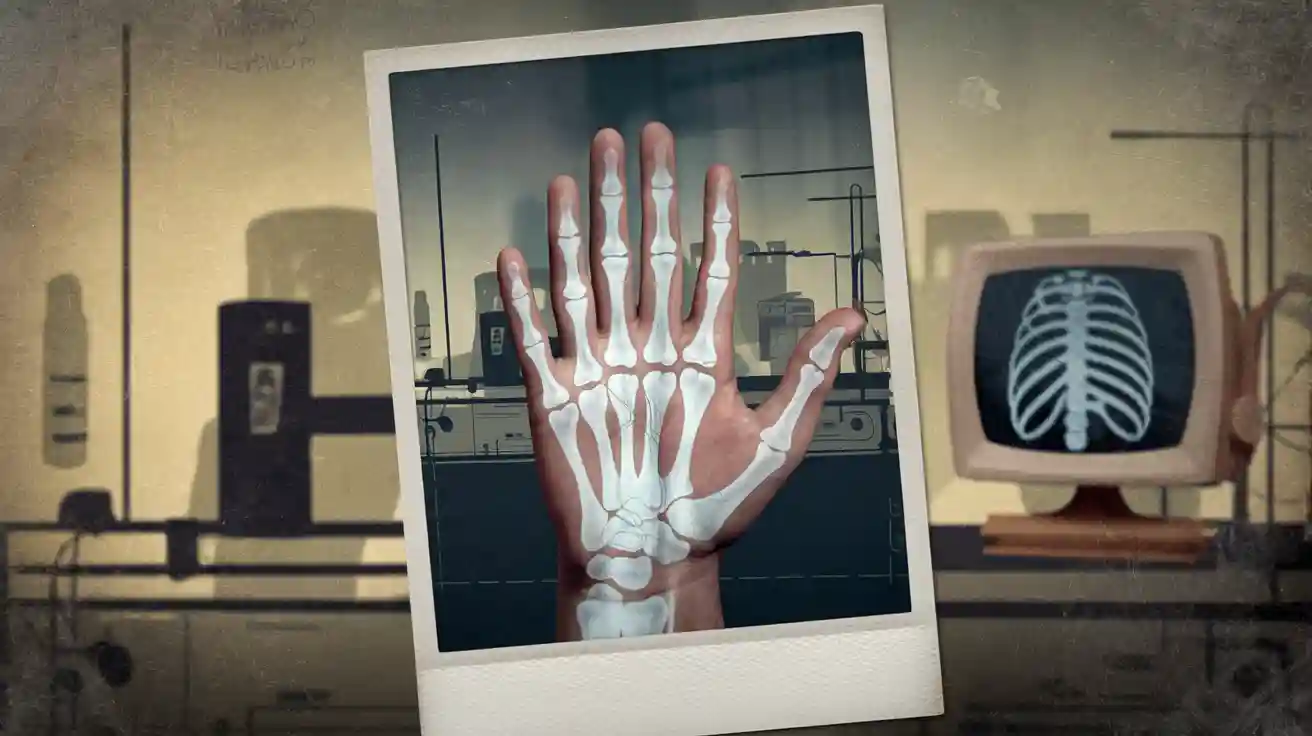
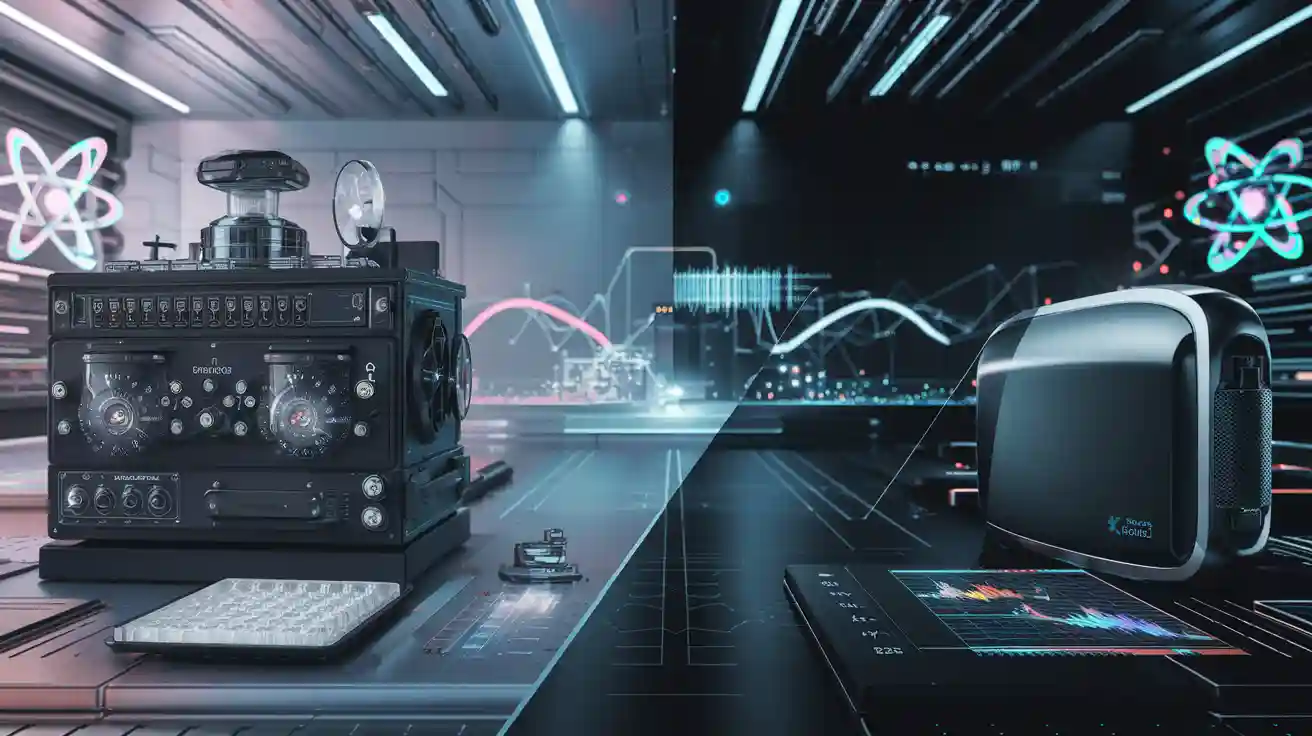
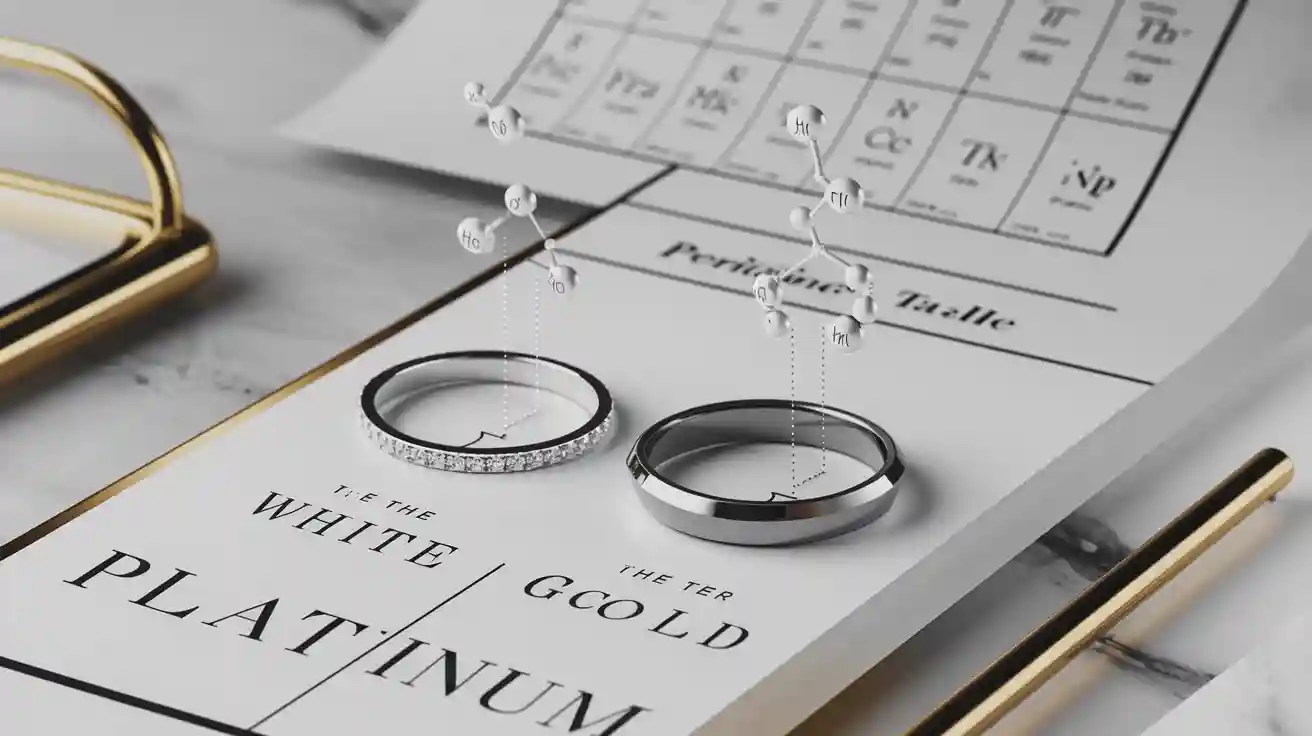
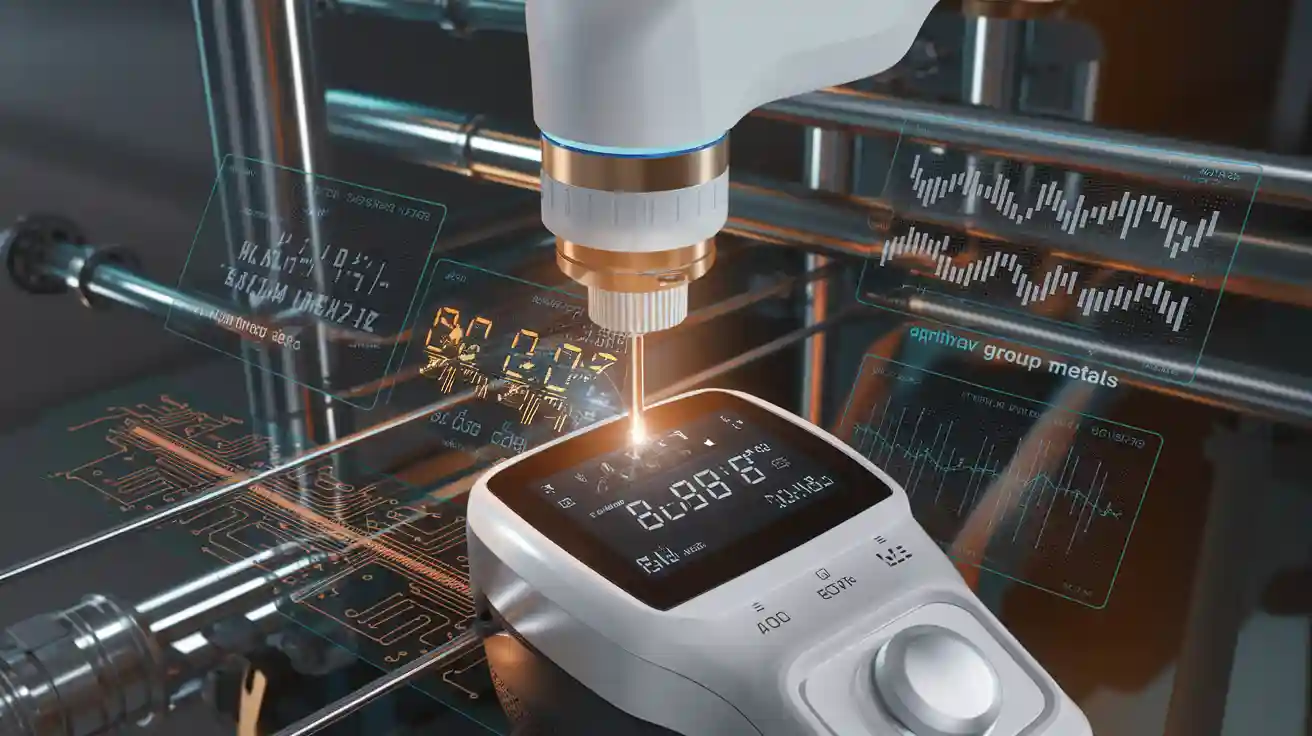
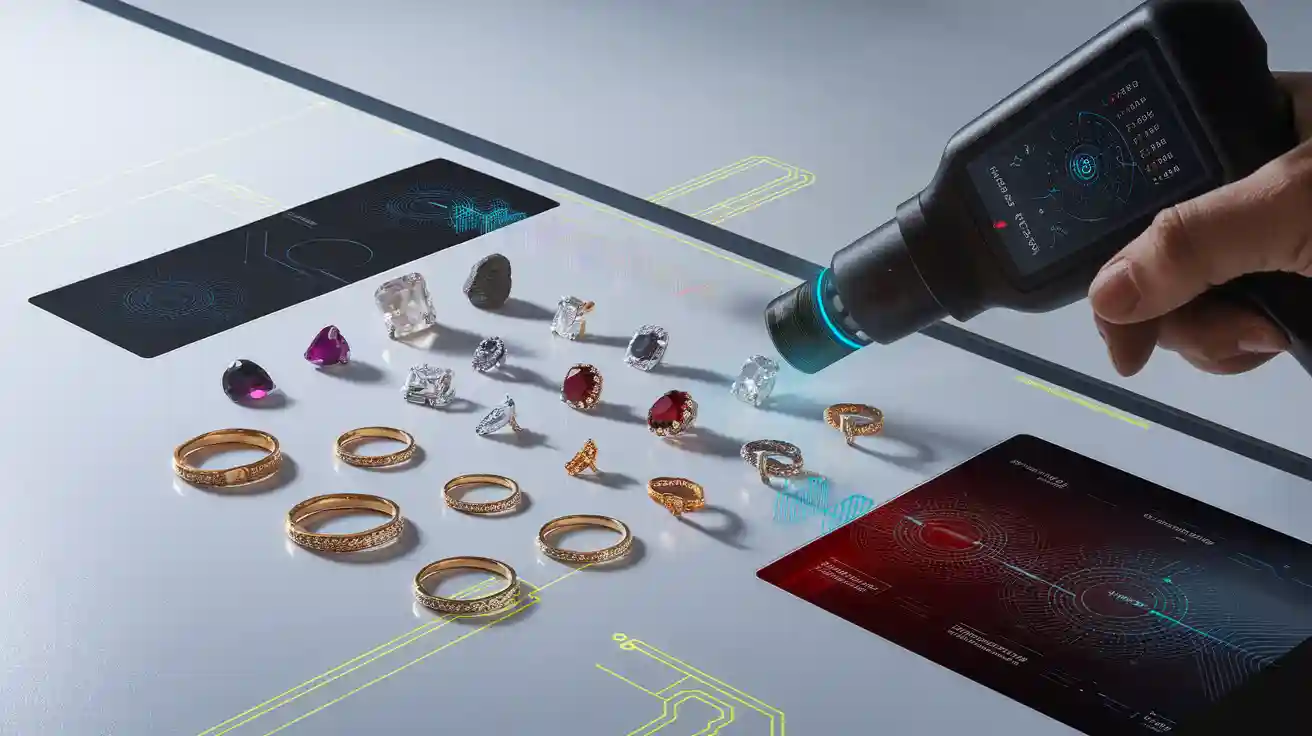

واتساب
امسح رمز الاستجابة السريعة ضوئيا لبدء دردشة WhatsApp معنا.